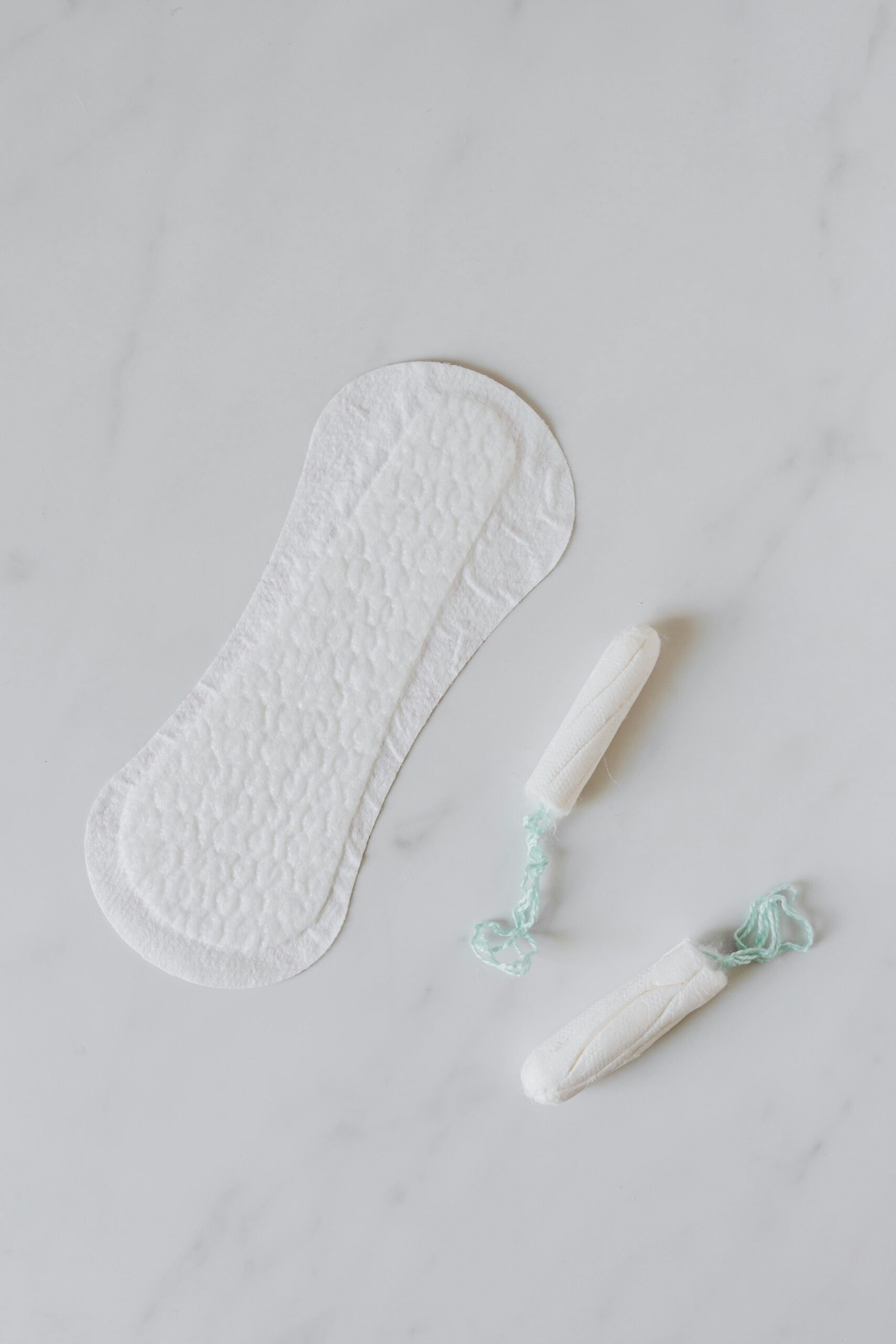Rules Pertaining to the Inner and Outer Part of the Pad or Tampon Becoming Soiled
Reading Time: < 1 minute
- If a sanitary pad is placed, as usually placed outside, then the mere soiling of it is sufficient for the bleeding to be considered as haidh.
- Furthermore, the wudhu breaks in so far as a mustahaadhah (one in istihaadhah) is concerned.
- If a cotton was placed in the inner part of the vagina, or a tampon was inserted, and the moisture did not penetrate to the outer part of the cotton or tampon, then neither will haidh come into effect and nor will the wudhu break.
- Thus, even if she can feel the blood coming down but only the inner part of the cotton or tampon became wet, the wudhu does not break and haidh does not set in.
- If, however, the cotton or tampon was taken out then the rules of haidh come into effect and the wudhu breaks.
- Even if she took out the cotton or tampon a day or two after feeling the blood descending without the outer part of the cotton or tampon becoming soiled, the rules of haidh and breaking of the wudhu only commence when she takes out what she placed inside.
- If the moisture reaches the outer part of the cotton or tampon in alignment to the outer part of the vagina, then too, the rules of haidh come into effect and the wudhu also breaks.
Note: Placing a tampon or cotton inside the vagina for the purpose of haidh or istihaadhah is not permissible, as mentioned in the article, The Pad. See: https://khairunnisa.co.za/2025/08/13/the-pad/
(Manhalul Waarideen)

